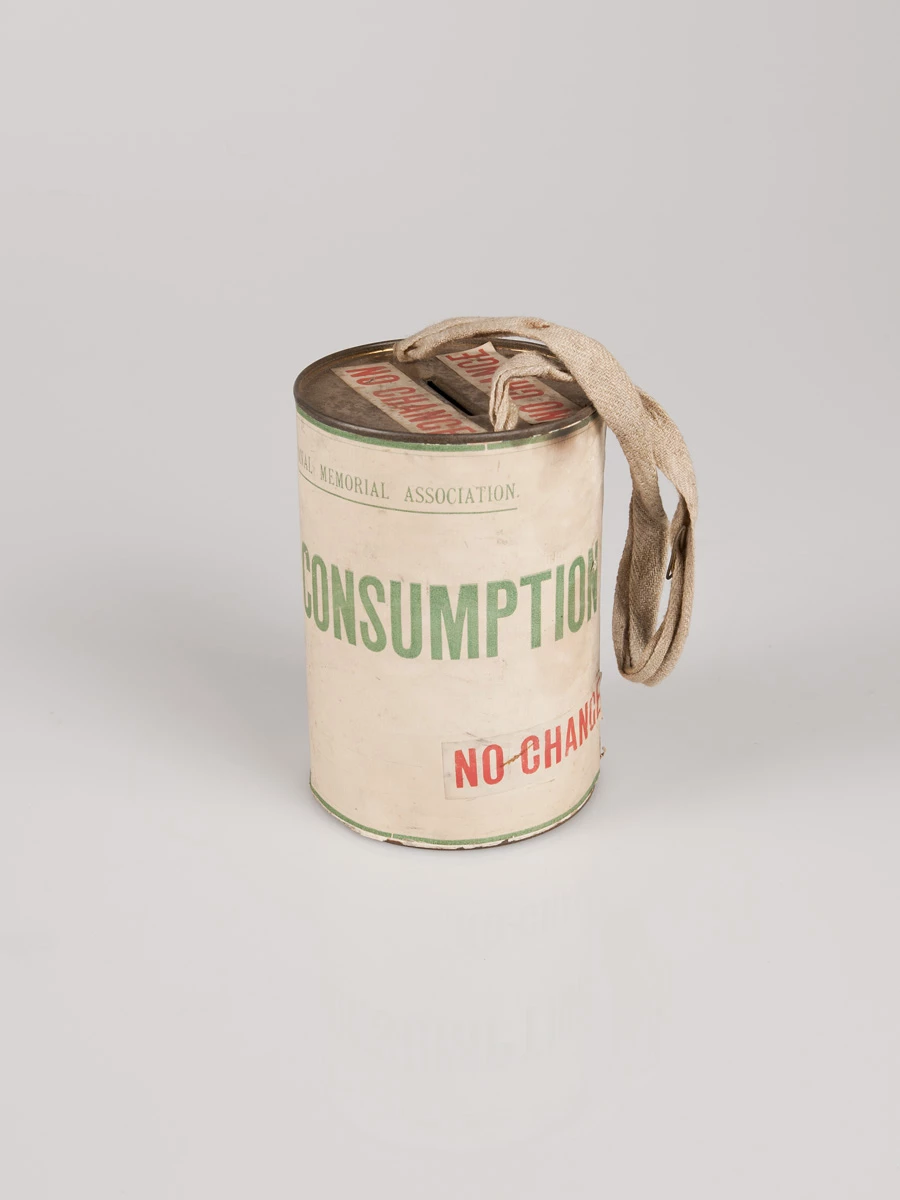24.01.15
Today was packed full. Brendan managed to get a dive in before we had to head down to Walker Creek for an afternoon tide. The shore dive went from near Gypsy Cove, not far out of Stanley and involved a short off-road drive to the shore before the divers had to pick their way down across the rocks to get into the water (photo 1). Apparently visibility was reasonable at around 6m and Brendan’s present to me this time consisted of a bag of sand and a couple of bags of ‘stuff’ scraped off the rocks. Unfortunately, Brendan found his way into my bad books by admitting to have lost my ‘dive trowel’. This tool has been great for sediment sampling while diving, as well as shore sampling when not possible to take a spade. Admittedly, the trowel was a cheap plastic one, however the not so cheap brass clip attached to it was another matter!
After the dive, we headed straight off to Walker Creek, which was a 2.5 hour drive south, almost to the opposite end of the island. The shore turned out to be another hard-ish one (photo 2), which was a little disappointing at first, but the collecting turned out to be quite productive. We found some very large orbiniid worms (20-30 cm in length) and an area where there were abundant scaleworms, under more than two thirds of the stones turned over. With the drive back a long and bumpy one, we stopped after an hour so that I could sort through and ‘fix’ (with formaldehyde) the worms and label pots. I have learnt in the past that worms do not enjoy long, bumpy car journeys and break up (particularly more fragile specimens) by the journey end if this is not done.
25.01.15
No shore sampling was planned for today, however, Brendan has managed to get out on 2 different shore dives while I sorted through previous samples, changed formaldehyde to alcohol (a better, less toxic, long term preservative but not as good for the initial fixation) and generally caught up on fieldwork and specimen notes. At lunchtime, the divers returned bearing gifts (even without a trowel). The dive had been on a local Phragmatopoma reef. This is a type of marine bristle worm called a sabellariid (photo 3) that builds hard tubes of sand and can create a reef-like environment around itself. In the UK, other worms of the same family create reefs both on and offshore and are known as ‘honeycomb worms’ due to the appearance of the reef they create. Many other species often inhabit these reefs as well. I was presented with some examples of the reef, some scrapings from rocks and a very large, green paddleworm (photo 4: Eulalia magalhaensis) over 20 cm in length. Another two species of paddleworm, not yet identified, were also found within the samples. These often-colourful worms are very photogenic and I managed to get some good photos of these as well (photos 5 & 6). All in all, a successful day, even without any shore sampling. Loss of the trowel was forgiven!

